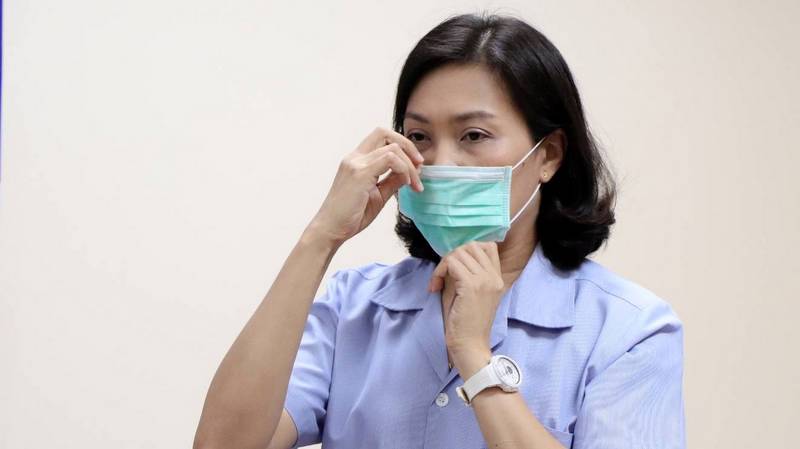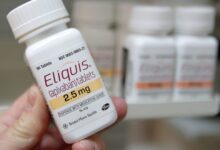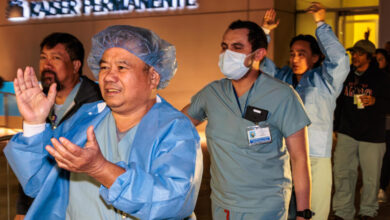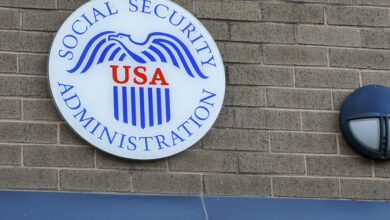
How to Use a Face Mask Correctly
Wearing a face mask often helps people feel protected and reassured. But can a surgical face mask keep you from being exposed to or transmitting certain infectious diseases?
And, if face masks do shield you from infectious diseases, such as COVID-19, is there a proper way to put them on, take them off, and discard them? Keep reading to find out.
What is a surgical face mask?
A surgical mask is a loose-fitting, disposable mask that’s rectangular in shape. The mask has elastic bands or ties that can be looped behind your ears or tied behind your head to hold it in place. A metal strip may be present at the top of the mask and can be pinched to fit the mask around your nose.
A properly worn three-ply surgical mask may help block transmission of large-particle microorganisms from droplets, sprays, splatters, and splashes. The mask may also reduce the likelihood of hand-to-face contact.
The surgical mask’s three-ply layers work as follows:
- The outer layer repels water, blood, and other body fluids.
- The middle layer filters certain pathogens.
- The inner layer absorbs moisture and sweat from exhaled air.
However, the edges of surgical masks don’t form a tight seal around your nose or mouth. Therefore, they can’t filter out small airborne particles such as those transmitted by coughing or sneezing.
When should you wear a face mask?
The World Health Organization (WHO)Trusted Source recommends using surgical masks only if you:
- have a fever, cough, or other respiratory symptoms
- are well but caring for someone with a respiratory illness — in this case, wear a mask when you’re within 6 feet or closer to the person who is ill
Although a surgical mask helps trap larger respiratory droplets, it can’t protect you from contracting the novel coronavirus, which is known as SARS-CoV-2. That’s because surgical masks:
- don’t filter out smaller airborne particles
- don’t fit snugly on your face, so airborne particles can leak in through the sides of the mask
Some studies have failed to show that surgical masks effectively prevent exposure to infectious diseases in community or public settings.
At present, the Centers for Disease Control and Prevention (CDC)Trusted Source doesn’t recommend that the general public wear surgical masks or N95 respirators to protect from respiratory illnesses like COVID-19. Healthcare providers and first responders need these supplies, and there’s currently a shortage of them.
However, in the case of COVID-19, the CDC does advise the general public to wear cloth face coverings to prevent the spread of the disease. The CDC also provides instructionsTrusted Source on how to make your own.
How to put on a surgical mask
If you need to wear a surgical mask, take the following steps to put one on correctly.







